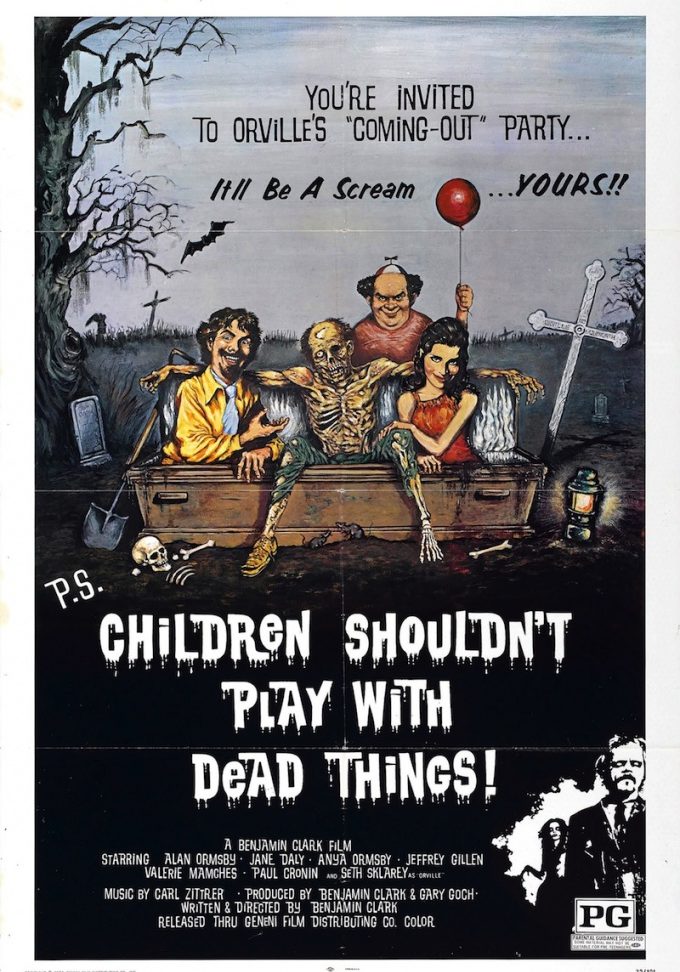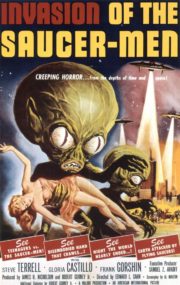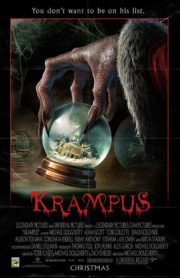Invoking the Unquiet Spirits
“You can’t be a sinner and expect to play the saint!” These chilling words echo through the eerie landscape of “Children Shouldn’t Play with Dead Things,” a horror flick that exhumes fear in the most unexpected of ways. Directed by Bob Clark and released in 1973, this cult classic unfurls its terror against the backdrop of an isolated island where a band of theatrical misfits, led by the flamboyant Alan, unleashes a curse that they find impossible to put back in the grave. What follows is a disturbing foray into the dark arts, laced with an unexpected blend of comedy and horror—a recipe that would pave the way for the proto-zombie films of the late 20th century.
Morbid Whimsy and Macabre Tableaux
A Symphony of Dread
The atmosphere and tone of “Children Shouldn’t Play with Dead Things” are distinctly unique, a blend of irreverent humor and chilling horror that creates a bizarre but memorable cinematic experience. Bob Clark’s direction cultivates an unsettling air of expectation, where the laughs serve to undermine the viewer’s defenses before the horror takes hold. The film’s atmosphere is predominantly shaped by its suspenseful build-up, enhanced by the desolate setting and a palpable sense of foreboding.
Lurid Shadows and Ghastly Hues
In its cinematography, the film stands as a testament to resourcefulness in the horror genre. Lighting swings from the garishly bright to the eerily dim, painting each scene with its own peculiar brand of dread. While the color palette is a product of its time, it nonetheless contributes to the ambience, with the decayed and muted colors mirroring the degradation of peace on the island. Camera angles often take a character’s perspective, drawing viewers into the anxiety of the moment and enabling a deeper connection with the onscreen terror.
Chilling Resonance and Silence
Soundtrack and sound effects are pivotal in enriching the fabric of horror in “Children Shouldn’t Play with Dead Things.” The eerie score interplays with silence to disquieting effect, amplifying the tension in key moments. The film demonstrates a measured use of sound that heightens the sense of isolation and looming threat, employing unsettling effects to make the skin crawl at the right instants.
The Living Ensnared by the Dead
Terror’s Many Faces
Performances in “Children Shouldn’t Play with Dead Things” range from melodramatically over-the-top to subtly unnerving, effectively capturing the essence of their theatre troupe characters. While some may argue that the acting borders on farcical at times, it also lends a unique quality to the film, as the thespians’ grandiose reactions sometimes serve as a foil to genuine moments of fear.
Horror’s Playground
As an early forerunner to the zombie genre, the film dabbles in both supernatural tropes and the then-nascent realm of the undead. The horror mechanics are a mix of psychological terror and visual shocks, with the reanimated corpses providing a sufficient dose of grotesquery. The effectiveness of these scare tactics might be deemed rudimentary by modern standards, but their innovative use in the early ’70s is worthy of note.
The Echo of Society’s Demons
Underneath its surface scares, “Children Shouldn’t Play with Dead Things” hints at deeper societal themes. The themes of desecration, the blasé attitude towards death, and the consequences of hubris resonate throughout the narrative, providing a critique of social mores in a way that is both tongue-in-cheek and grimly reflective.
Conjuring the Essence of Early Horror
The film, while not a paragon of high-quality horror, is nonetheless a fascinating piece of the genre’s history. Its blend of dark humor and scares crafted a specific niche for itself, appealing to aficionados with an appetite for kitsch and historical context. For those seeking sheer terror and spectacular effects, however, this may not be the fright fest for you.
Compared to modern-day counterparts, “Children Shouldn’t Play with Dead Things” is admittedly clunky, yet its charm lies in its earnestness and adventurous spirit, echoing, in some respects, the explorative efforts of works like “Night of the Living Dead.”
Potential viewers be warned: the film can be graphic at times, with scenes of corpses and rituals that might disturb some audiences. As such, viewer discretion is advised.
In conclusion, if you are intrigued by the evolutionary steps of horror cinema, with all its imperfections and creativity, “Children Shouldn’t Play with Dead Things” could be an intriguing, if flawed, addition to your watchlist. Its strengths lie in its atmospheric and innovative approach to horror for its era, while its weakness is the dated execution that might not grip contemporary viewers. Recommended for the horror connoisseur, less so for those seeking modern-day thrills or a polished narrative.




